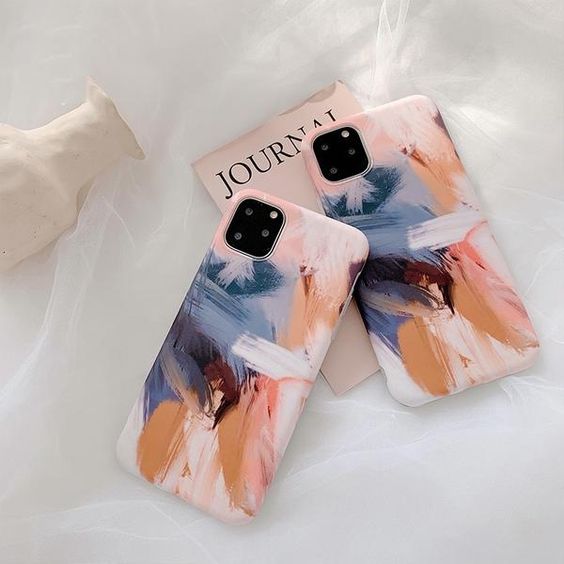Have you ever thought about what happens to all the fine Broadway costumes once the show is over? Some of them were eventually collected and rented to other shows in Astoria, Queens, to give them a second life. We interviewed TDF clothing series director Stephen Cabral to find out how it works and to see some of their famous works. Below is the transcript of the video.
Narrator: Broadway shows won’t last forever. However, due to a non-profit organization called TDF Costume Collection, some of the costumes used on the stage can get the second act.
Cabral: We have a Wicked dress from El Faba and a “Mamma Mia!” prison uniform.
Narrator: This is the director of the series, Stephen Cabral, based in Astoria, Queens. TDF accepts donations of various theatrical performances at the end of the game and returns them to other performances for reuse.
Cabral: We produce about 1,000 pieces a year and rent more than 10,000 pieces of clothing, whether in New York City or across the country.
NARRATOR: There are more than 80,000 items in their collection, including shoes, shirts, dresses, hats, gloves and a variety of other accessories.
Cabral: Many times, Broadway shows will eventually close, and clothing will usually be reserved for touring or backup. But every once in a while, Broadway shows will say, “Okay, we have finished these clothes; you can have them.”
Narrator: TDF began in the early 1970s when the Metropolitan Opera moved to the Lincoln Center and donated 22 costumes. Since then, TDF has expanded to offer a variety of performances and personal donations.
Cabral: Recently, we have received a very large and very exciting donation. Hollywood, Broadway fashion designer Bob Mackie.
Narrator: Some of the famous works donated by Mackie are a dress worn by Julia Louis Dreyfuss at the 1997 Emmy Awards and all works by The Best Little Whorehouse.
Cabral: After the original production of “Rent” was finally closed, after many years of hard work, we were very fortunate to receive all the original costumes that were not made by Broadway before moving to Broadway. Over the years, we have received many donations from “Mama Mia!”. When “Mama Mia!” on Broadway. We have a dress by Jane Krakowski’s recently published “She Loves Me”, some of the clothes Patti Lupone wore when she revived “Gypsy.”
Narrator: Although many projects are iconic, you may not be able to find something famous like Cher or Barbra Streisand.
Cabral: Many celebrities actually want to stick to their costumes, either opening museums or more likely to do some celebrity auctions in later life.
Narrator: Many amateur stage performances are rented from TDF, but so are some TV shows and movies. Cabral: “Saturday night scene”, when they shoot, depending on their season and their needs, sometimes here every week.
Narrator: TDF clothing can be seen in this short play by Betty White. “All we need now is a dress and some suitable shoes and a little feminine charm.”
NARRATOR: Together with Justin Timberlake as a short play by Mozart.
Cabral: “Birdman” and “12 Years of Slave” are costumes in the movie, which are rented from the TDF clothing collection. The only type of rental we really don’t do is Halloween. Our costumes are really not worth Halloween. We also try to avoid renting in the case of any food or drink.
Narrator: Anyone can go in and explore this series. But if you want to try anything, you must first fill out some paperwork. They have a mannequin that you can use to check the size and dressing room, which you can book in advance.
“I’m coming!”
Narrator: Cost is based on the overall look and feel, not every project.
Cabral: Another part of our pricing is the number of shows and the size of the theater.
Narrator: You still need to pay to get the clothes to dry before returning. Stephen said they have a green strategy to ensure that all projects are used as much as possible. Once the item becomes too rough, it is moved to a special area that requires these types of items.
Cabral: We have a distressed part. So for a production like “Les Mis” or “Urinetown”, these are not all that look great.
Narrator: Two to three times a year, they open the warehouse for special package sales.
Cabral: You pay for the bag, you go in, no matter how you can put it in that bag and take out the door is yours.
Narrator: So no matter what state the garment is in, there is always a chance to perform.
Cabral: We sometimes put clothes on people and there is nothing. Nothing changed, they are like, “Oh.” Then you put the costume in front of people, it brings another one or two people. It’s interesting.
